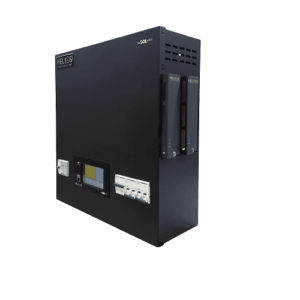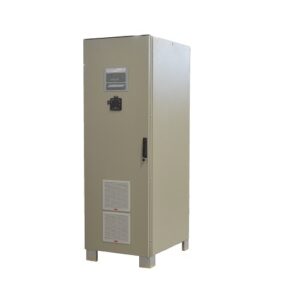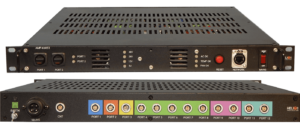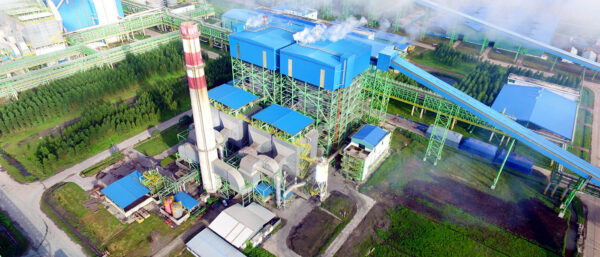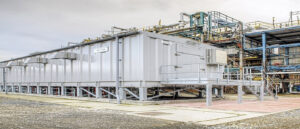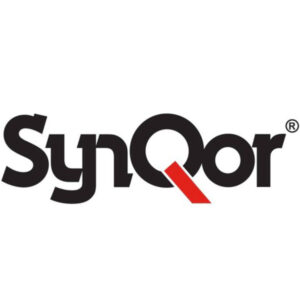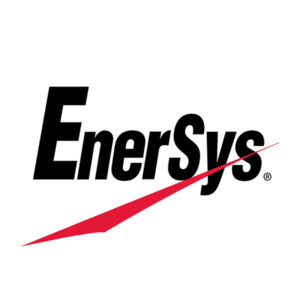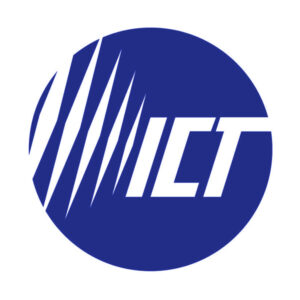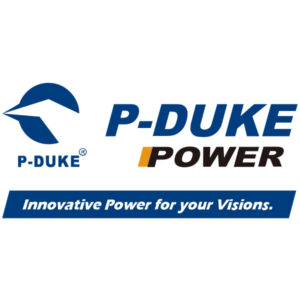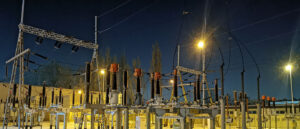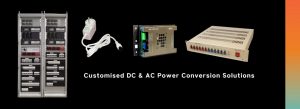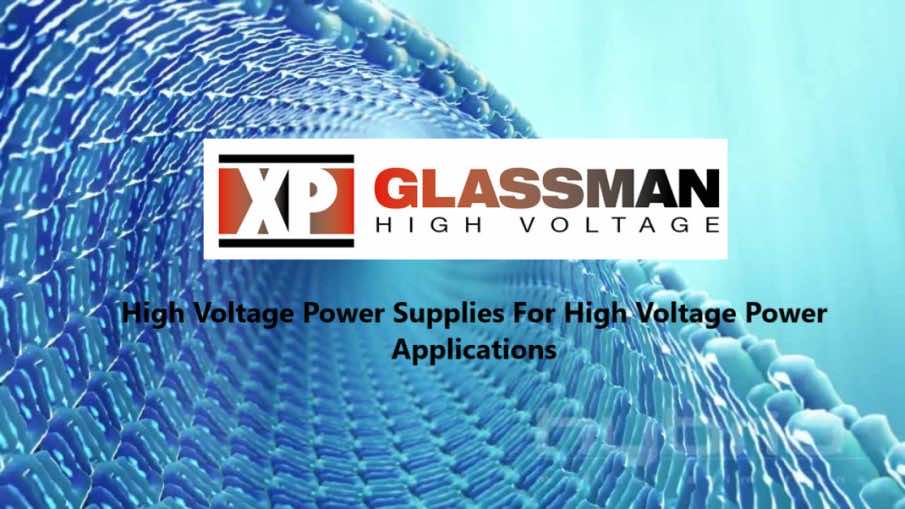Helios Power Solutions has widened its range of power supplies thanks to Glassman XP Power, regarded as the premier worldwide supplier of high voltage power supply technology to original equipment manufacturers, laboratories and a very diverse group of research facilities. From standard products to specialized equipment, our team of engineers in Australia is ready to assist your high voltage technology challenges. Check out below some of the applications where you need to have a reliable high voltage power supply.
Electrostatic Applications
- Mineral Separation – e.g Electrostatic High Tension Roll Separators
- Food security industry, e.g. to remove hairs or waste straws during the packaging process
- Metal Separation
- Recycling of waste materials e.g. separation of mixed plastic such as polyvinyl chloride (PVC), poly(ethylene terephthalate) (PET), and acrylonitrile-butadiene-styrene (ABS)
Research/ Academic
- Particle Accelerators
- Free Electron Lasers
- Neutron Sources
- Cyclotron Sources
- Capacitor Charger
Test Equipment
- Capacitor testing
- CRT Display testing
- Cable line fault testing
- DC motor testing
- TWT testing
- Hi-Pot testing
Analytical Instrumentation
- Capillary Electrophoresis
- Mass Spectrometer
- X-ray Fluorescence
- Electrokinetics
Standard models include output voltages up to 500 kVDC with output power ratings up to 200 kW, all with our 3 year warranty.
Why choose High Voltage AC/DC Power Supplies from Glassman XP Power?
Air Insulation
While not suitable for ultra-miniaturized modules operating in severe environmental conditions, air insulation offers a lightweight repairable structure that minimizes parasitic capacitance losses for most applications.Glassman XP Power has developed HV structures that incorporate equipotential grading and electrostatic shielding of sensitive components so that we achieve excellent stability and accuracy. All HV assemblies are based on the well-known Cockcroft-Walton voltage multiplier concept, (or variations, thereof), to achieve high DC outputs while minimizing peak transformer secondary voltages. The use of air allows for forced cooling of HV components when required. Forced air cooling allows us to incorporate an increased value of series protection resistance (where practical), which minimizes peak discharge currents when an arc or overload occurs. (NOTE: Some models or applications require external series protection resistance.) This not only protects the HV components and the customer’s load, but also reduces the discharge energy that occurs during an arc and minimizes the electromagnetic interference (EMI) pulse that can damage or disrupt sensitive controls and microcontrollers. All these techniques improve the reliability of the entire high voltage assembly, as well as the control and power elements of the complete power supply structure.
Above 150kV our designs utilize an open-air “stack” that eliminates the HV connector and cable that would be massive at these voltages. Toroidal terminals and equipotential surfaces are used to minimize the electrostatic fields. For units of 150kV and below, we mount the HV assembly in a proprietary HV insulated enclosure whose walls can withstand the full voltage. This enclosure is made of fire retardant materials and is designed to provide a uniform surface gradient to minimize corona. This, in turn, is mounted in a grounded chassis.
PWM
XP Glassman HV supplies utilize our proprietary PWM converter technology for the main power conversion. Typically, the AC mains line voltage is rectified and filtered into the DC rails directly off the line with no transformers. In many cases, a power factor correction boost converter is employed to provide a regulated 400VDC rail bus. This provides a power factor very close to unity, which virtually eliminates line harmonic currents, and reduces the VA drawn from the mains. The DC rail voltage is applied to the converter and coupled to the HV assembly via the HV transformers which provide line to ground isolation. The converter drive signals are coupled to the converter switching devices by isolation transformers which also provide line to ground isolation.
Most of XP Glassman HV supplies use a converter that runs at switching frequencies between 30kHz and 70kHz and employs either FETs or IGBTs as the switching elements. Conversion efficiency is greater than 90%. The converter topology is well suited to drive large ratio step up transformers as it uses the energy stored in the stray and interwinding transformer capacitance to switch the secondary voltage rather than dissipate it in snubber or switching losses.
Control Circuits
All XP Glassman supplies employ fast acting voltage and current feedback loop control with automatic crossover. In addition, techniques are used to ensure safe, well-controlled ramp up of voltage from any condition, including recovery from an arc, overload, or short circuit. This prevents dangerous voltage overshoot under any recovery condition.
All XP Glassman supplies employ redundant under voltage sensing so that the power supply is fully protected against any input line voltage perturbations all the way down to zero. This ensures safe operation during brownouts or large line dropouts. Bias rail voltages are all derived from a single source so that the rise and decay of the bias voltages during turn on and off remain in the same relationship as for normal running. This eliminates any possibility of the feedback operational amplifiers losing control and generating improper drive signals.
A variety of local and remote control possibilities come standard on XP Glassman supplies. RS232, USB, and Ethernet control and monitoring are also available on many supplies. An optional external serial interface is available for supplies without integrated digital controls. All computer interfaces provide complete galvanic isolation between the host computer and the power supply of up to 1000VAC. This is very important in the high noise and transient environment in which HV power supplies operate. This technique completely isolates and protects sensitive computer circuits, both on the user end, as well as the power supply itself.
Arc Protection
Most XP Glassman designs employ fast arc sensing and protection. Any time a high voltage power supply is discharged, the stored energy within the HV assembly is delivered to the series limiting resistors within the supply. These resistors are needed to limit the discharge current to a level that protects the HV diodes and capacitors and reduces generated EMI. Since most XP Glassman power supplies have a fast voltage recovery rise time, the power that will be dissipated in the series limiting resistors during repetitive arcing is proportional to the product of the energy and the arc repetition frequency. This could be many times the stored energy value.
Due to size and layout considerations, installing enough limiting resistors to handle all of this dissipation is not always practical. Even though the resistors are high-energy types and can withstand a short burst of arcs, they may not be able to withstand a continuous arcing condition. Protection is provided by an arc count circuit, which inhibits the HV generation when the number of arcs exceeds a safe limit within a specified period of time. This technique allows for reasonable average power dissipation in the limiting resistors. Our arc sense circuits respond within microseconds with a threshold that provides power supply protection without excessive “nuisance” trips. After the power supply trips off, automatic resetting is normally achieved within 5 seconds. As an option, the power supply can be latched off permanently. Resetting of the power supply can be done via an external signal. An arc quench feature inhibits the converter for a fixed time period after each arc. This allows the arc to extinguish.
Although the primary purpose for the arc sensing circuitry is to protect the power supply, in some applications it can also protect the load that the power supply drives. For example, for ion sources where an external series resistor is normally provided, the arc counting feature is not needed. However, the fast extinguishing of the arc via the “arc quench” feature protects the ion source from damage. The arc sensing feature’s inhibit duration, sensitivity and frequency can be custom modified for any application, as long as the parameters remain within the range required to maintain power supply protection. The factory should be consulted if an external resistor is used in series with the load, so that the arc sense sensitivity threshold can be properly adjusted.
HV Connector
The standard XP Glassman HV connector system used above 6kV employs a deep well tube with a spring-loaded contact. The depth of the connector varies with the voltage level. This depth is designed so that if the power supply is operated without the insertion of the mating cable, personnel cannot come in contact with dangerous voltages. The shield of the mating cable is terminated at the chassis for safety.

